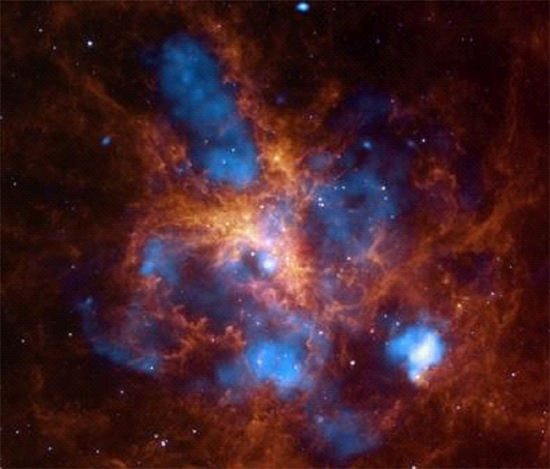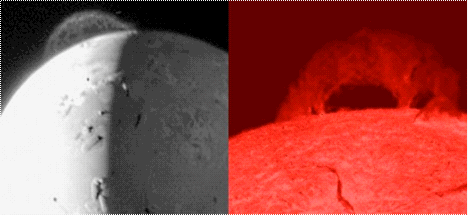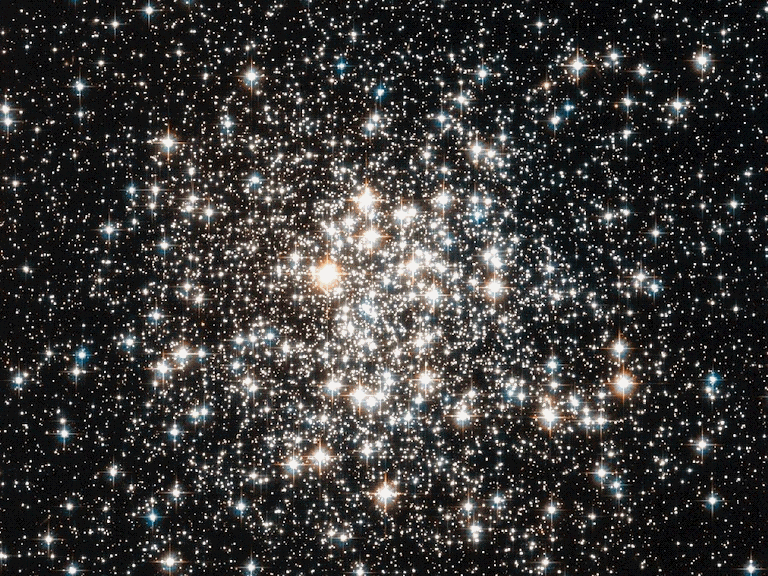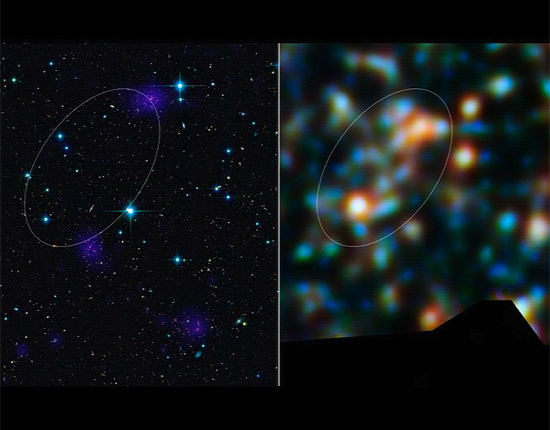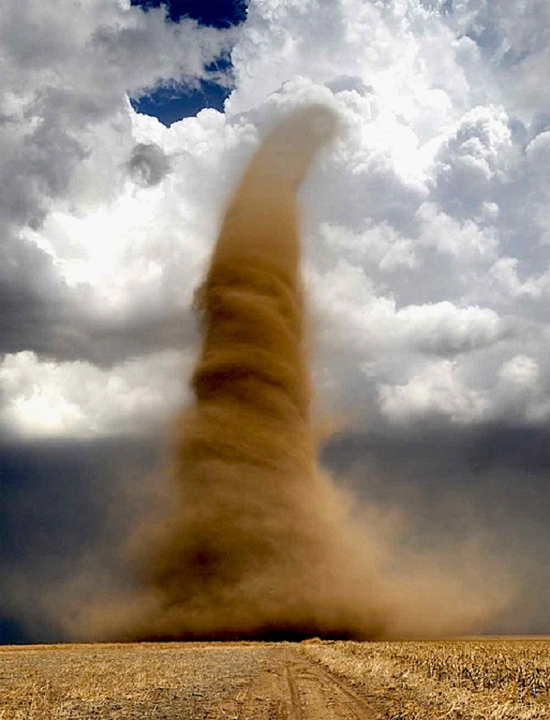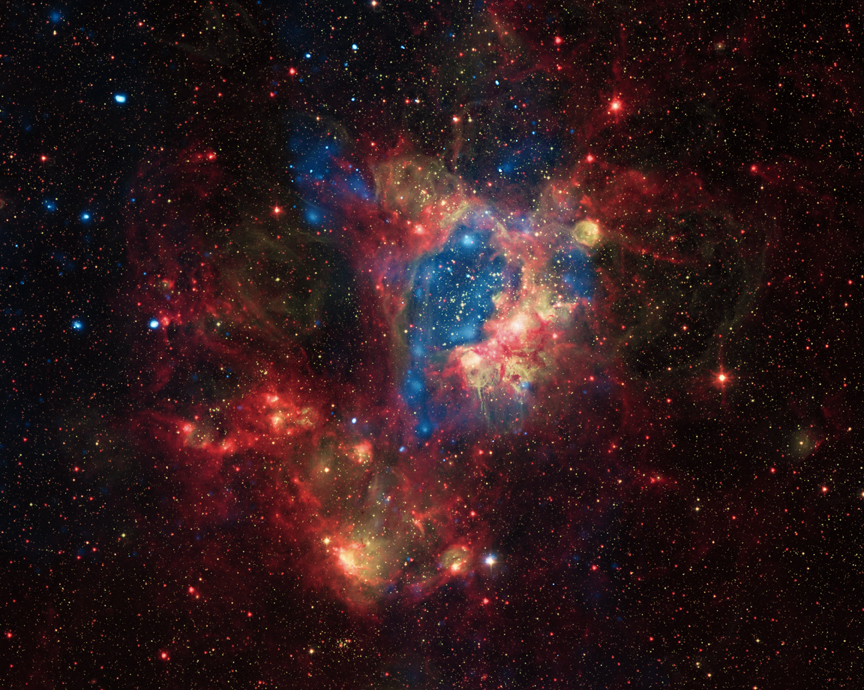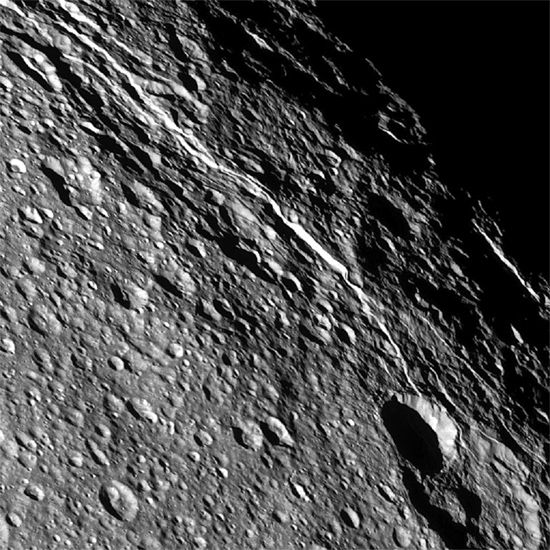Mohenjo Daro
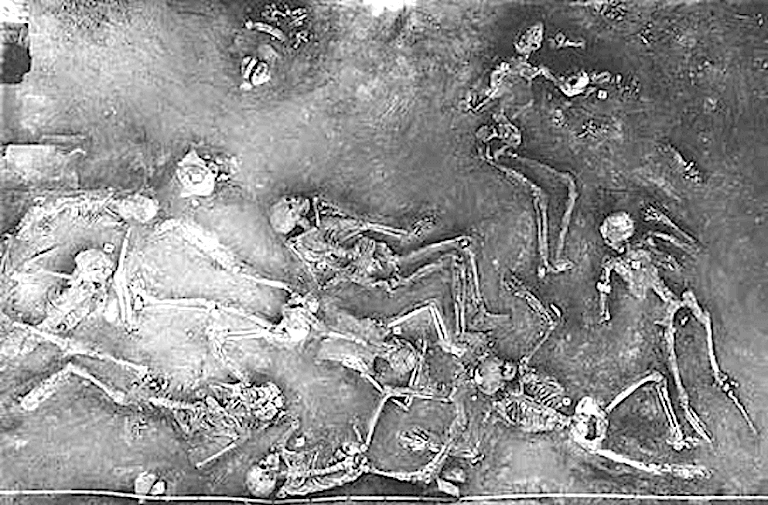
May 08, 2013 Some have suggested ancient technology glassified these Indus Valley ruins but electricity is a more plausible explanation. Mesopotamia and the Fertile Crescent region are thought to be the “birthplace” of civilization and the central focus for human culture dating back to the beginning of recorded history….





